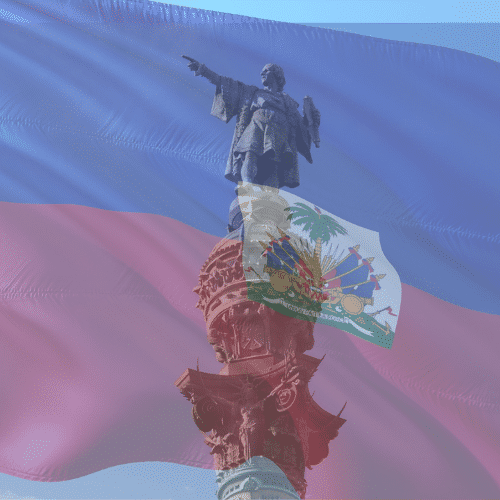Haiti was originally inhabited by indigenous peoples, including the Taíno and Arawak tribes, before the arrival of Christopher Columbus in 1492. Columbus claimed the island for Spain and initially called it “La Isla Española” (The Spanish Island). The indigenous population suffered greatly from the arrival of Europeans, including diseases and forced labor, leading to a significant decline in their numbers.
In the early 17th century, the western part of the island, which is now Haiti, was settled by the French and was known as Saint-Domingue. It became a major center of French colonial sugar and coffee production, relying heavily on enslaved African labor. The eastern part of the island, now the Dominican Republic, was controlled by Spain.
Haiti gained independence from France in 1804 after a successful slave revolt led by Toussaint Louverture and later Jean-Jacques Dessalines. Upon achieving independence, the country was named “Haiti,” which is derived from the indigenous Taíno name for the island, “Ayiti” or “Quisqueya,” meaning “Land of Mountains.” Haiti was the first independent nation in Latin America and the Caribbean and the first country in the Western Hemisphere to be founded as a result of a successful slave rebellion.
Written by Patrick Jacotin - Senior Editor



